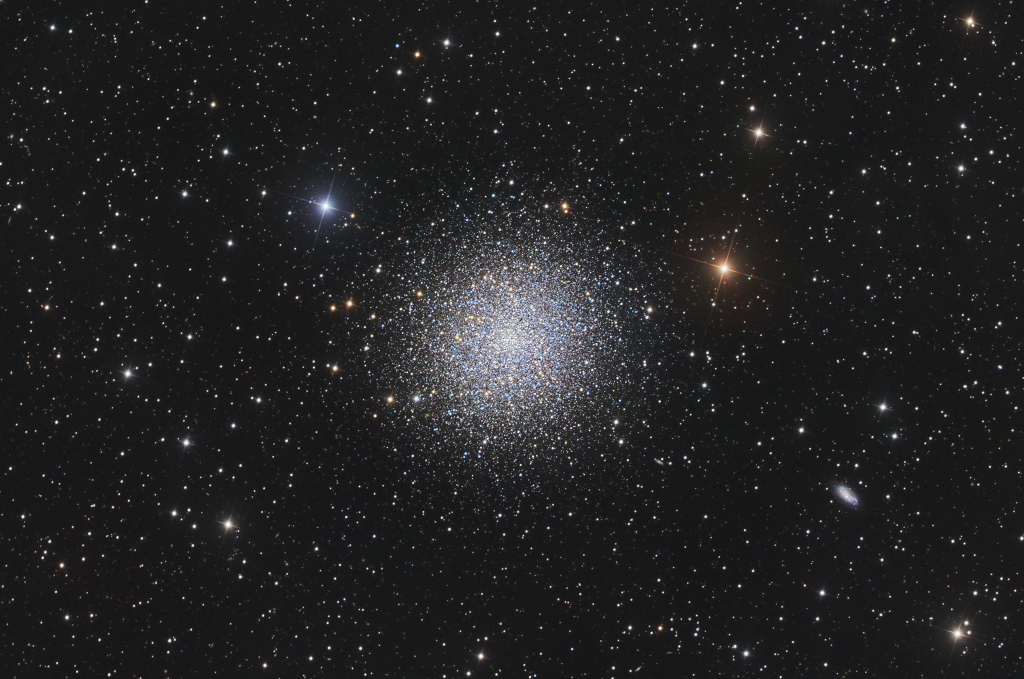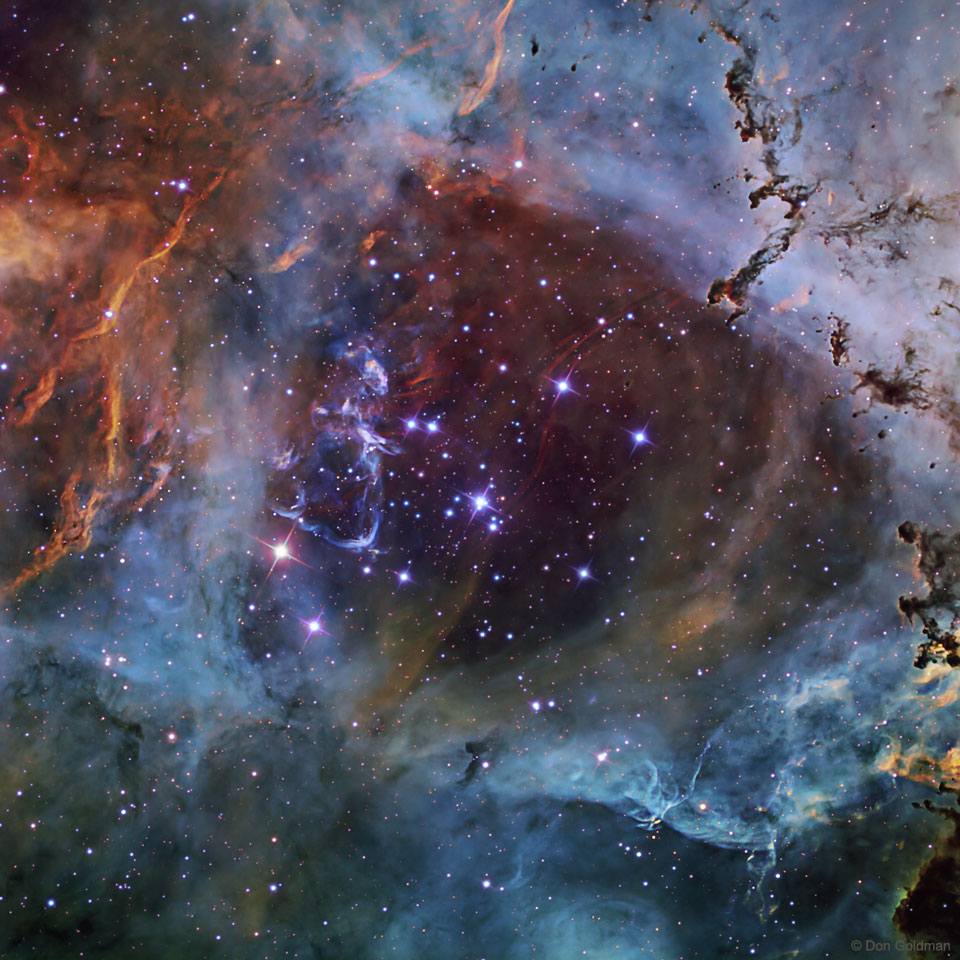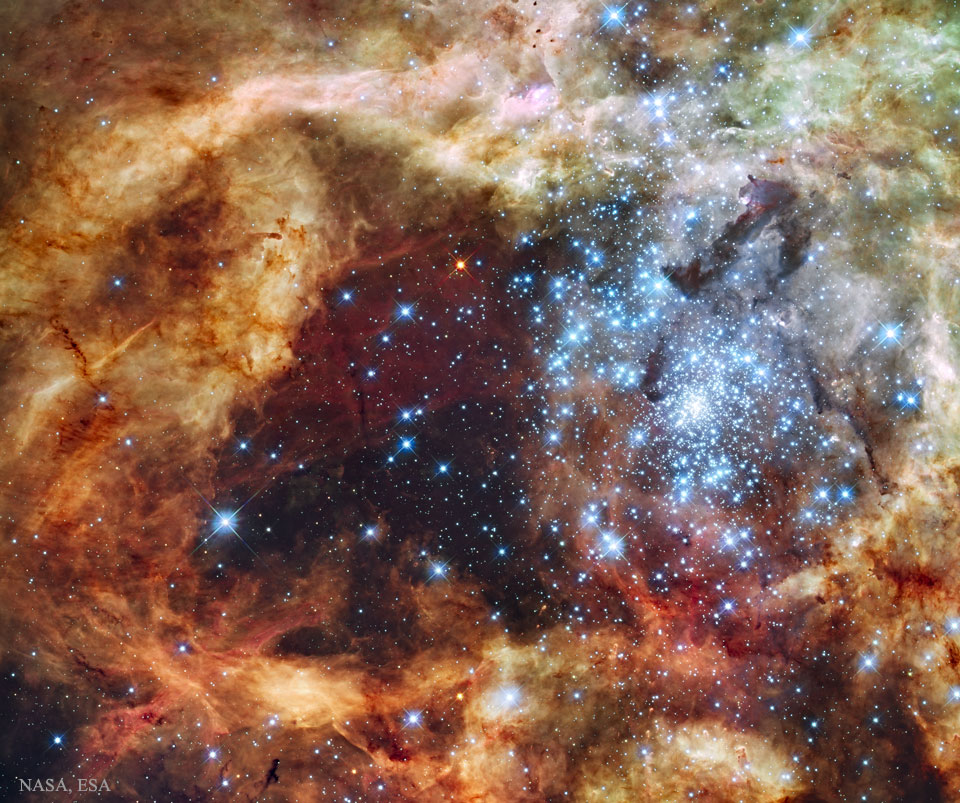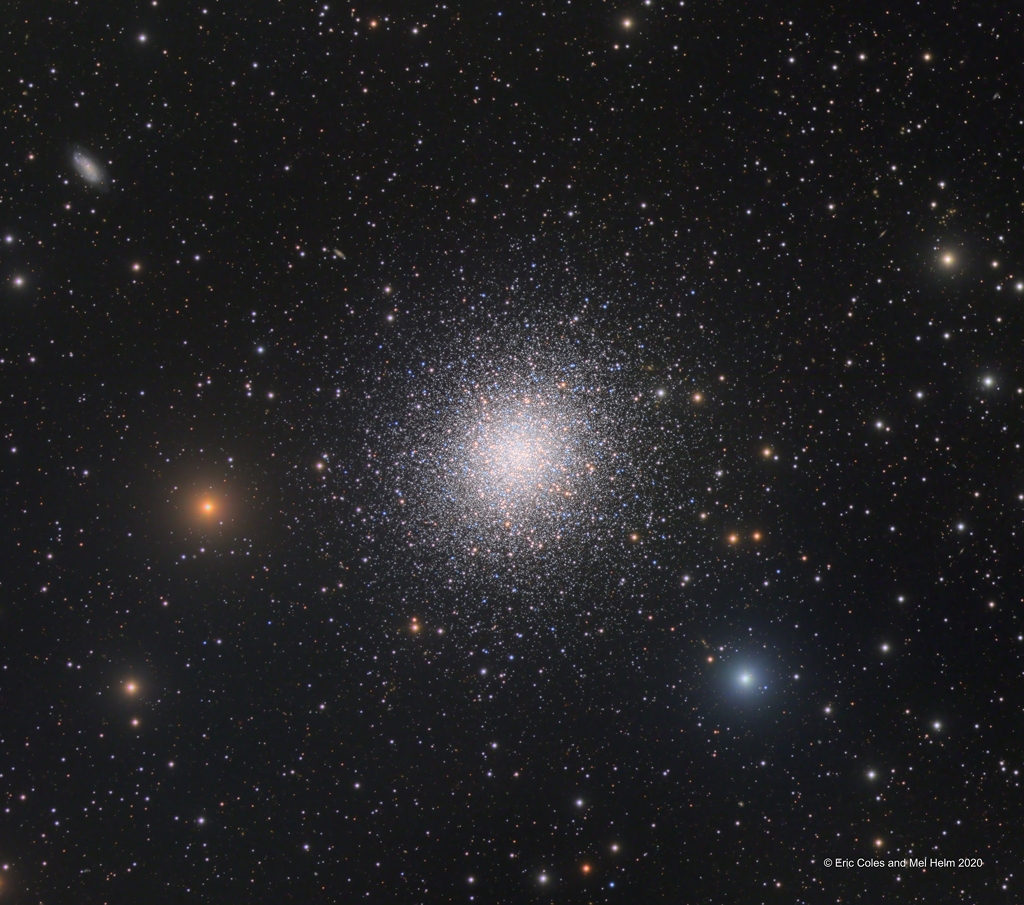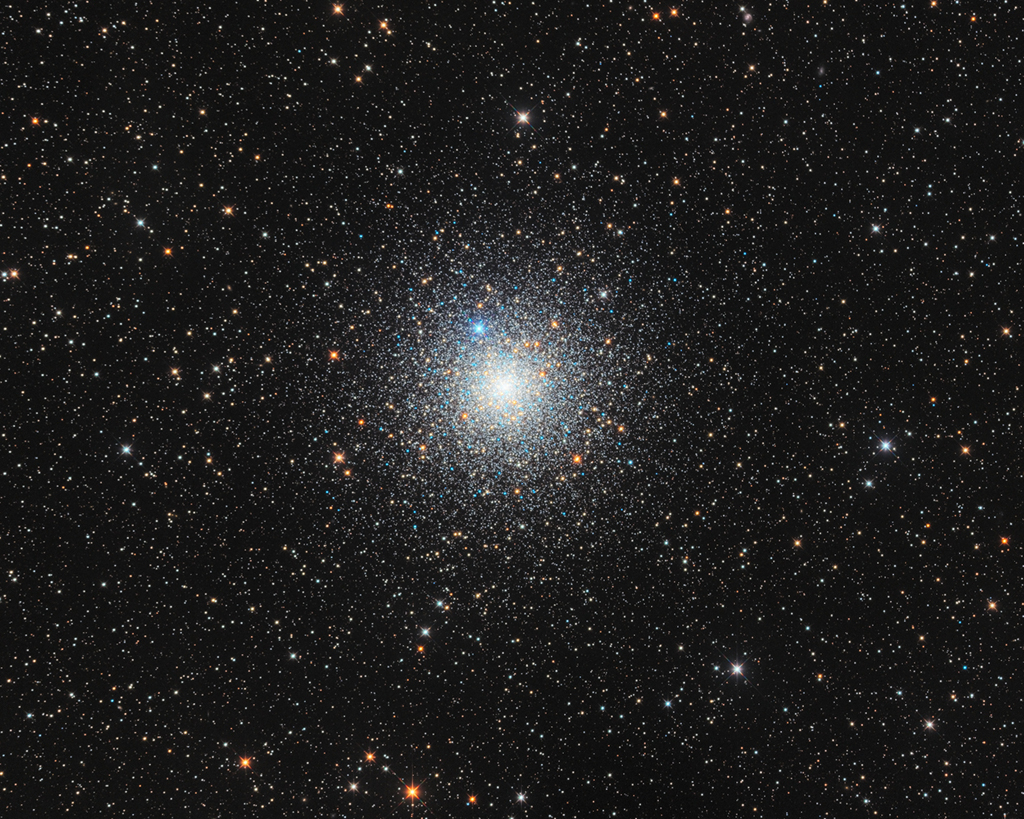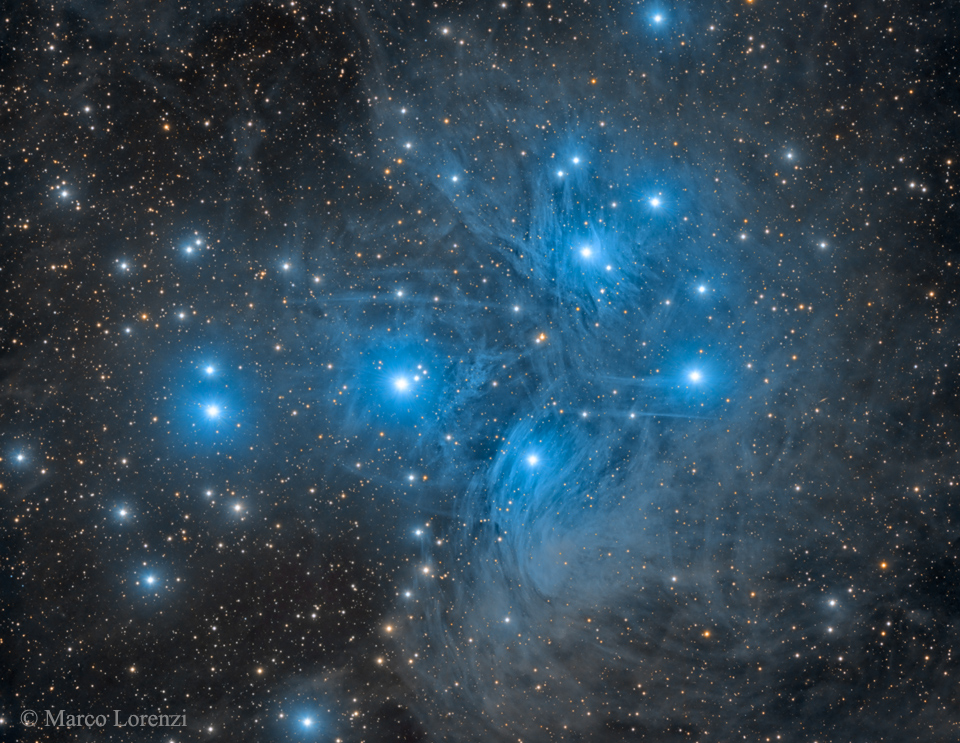M13:武仙大球状星团
2021年05月20日 M13: The Great Globular Cluster in Hercules Image Credit & Copyright: Martin Dufour Explanation: In 1716, English astronomer Edmond Halley noted, “This is but a little Patch, but it shews itself to the naked Eye, when the Sky is serene and the Moon absent.” Of course, M1 […]

